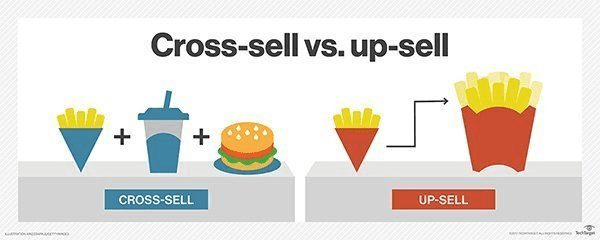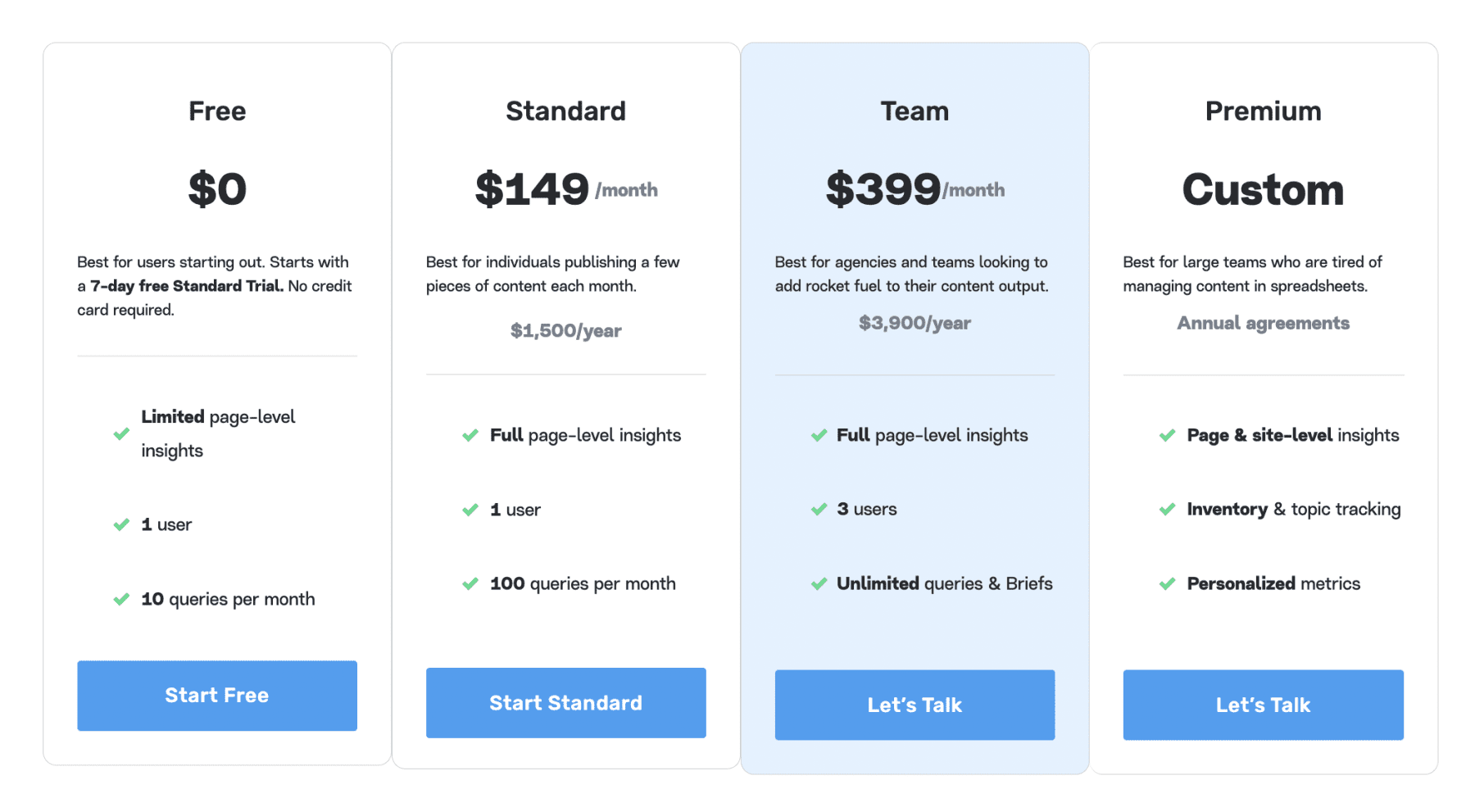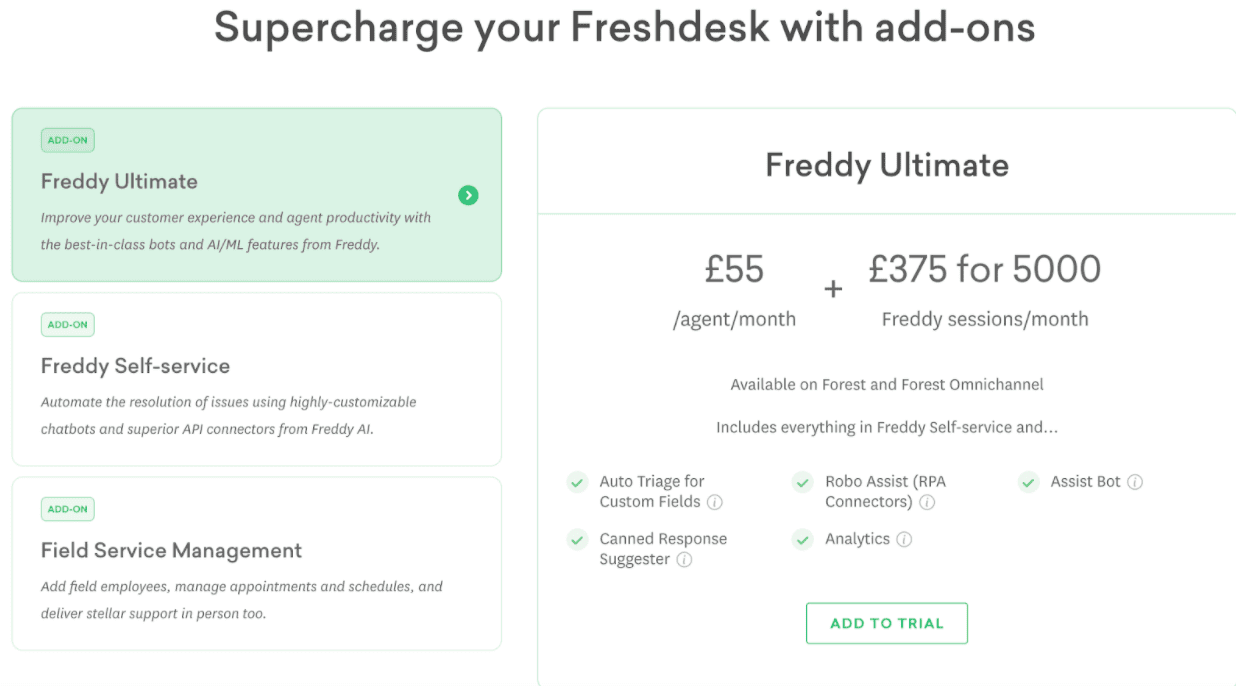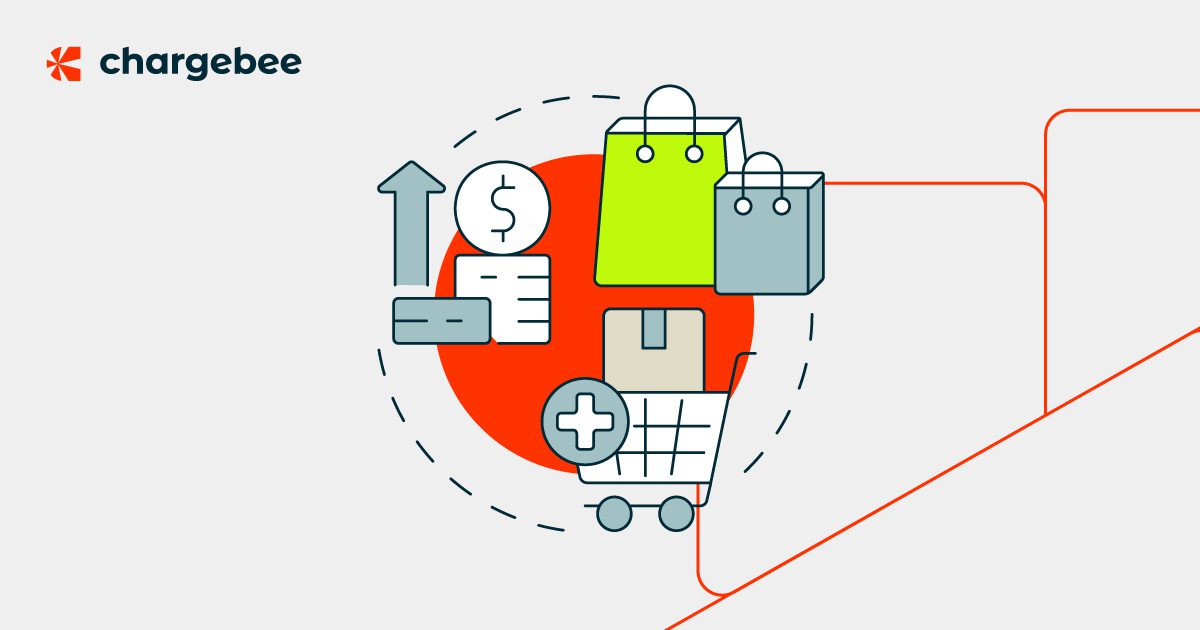In the ever-evolving landscape of the digital economy, SaaS (Software as a Service) companies stand at the forefront, constantly innovating to ensure their growth and longevity. Amidst this quest for expansion and sustainability, a strategy emerges as paramount: the dual forces of upselling and cross-selling. But why do these strategies hold such significance? And more importantly, how can SaaS businesses effectively implement them to not just survive but thrive?
Table of Contents
- Understanding the Critical Role of Upselling and Cross-Selling
- What’s the Difference Between Upselling and Cross-Selling?
- Why are Upselling and Cross-Selling so Important for SaaS Firms?
- How to Improve Your Upsell and Cross-Sell Strategy
Understanding the Critical Role of Upselling and Cross-Selling
Half of all SaaS companies prioritize upselling and cross-selling, but what drives this focus? At its core, the reasoning is straightforward yet compelling: acquiring new customers is an expensive endeavor. It is far more cost-efficient and impactful to deepen existing relationships. Your current customers have already crossed the threshold of trust, believing in your product’s ability to solve their initial problems. So, isn’t it logical to assume they’d be open to solutions that address their additional needs?
However, the significance of upselling and cross-selling extends beyond mere economics.
What’s the Difference Between Upselling and Cross-Selling?
44% of SaaS companies say they get more than 10% of new revenue from upselling and cross-selling. But, what’s the difference between the two?
It’s quite simple.
Upselling refers to the practice of selling a larger package, whereas cross-selling is the act of selling customers additional related products.

Let’s first look at upselling in more detail.
There are two types of upselling.
With existing customers, you’re trying to get them to upgrade from their original purchase. Alternatively, you can convince a new prospect to buy a slightly more comprehensive package than they already planned to buy.
Here’s Marketmuse’s pricing, for example:

For $79 per month, one user can access the basic text optimization tool and perform 25 queries a month.
To try and upsell the product, the content optimization software offers more functionality for their more expensive packages. If that user wants to utilize the three other applications, they’ll need to purchase the ‘Plus’ package instead.
Notice how MarketMuse only offers a free trial of the ‘Pro’ package. Since around 10% of customers convert after a free trial, this is a strong upselling technique to convince users to purchase the larger package.
Now, let’s look at cross-selling.
You can also cross-sell to both existing and new customers to increase the average order value.
Cross-selling to a new prospect usually involves offering discounts for an additional product at checkout.
Cross-selling to existing customers is a little more challenging and usually requires sales calls and marketing campaigns.
Look at how Freshdesk cross-sells to new customers at the checkout stage.

Offering three different complementary products at checkout, Freshdesk uses powerful, persuasive language to convince users to ‘supercharge’ their experience.
This implies that users who don’t buy these extra product recommendations aren’t accessing the full power of Freshdesk.
But how can these strategies be effectively communicated and implemented to resonate with customers?
Why are Upselling and Cross-Selling so Important for SaaS Firms?
Since SaaS companies offer software as a service, they rely on three major metrics to stay profitable:
- Customer acquisition cost
- Customer lifetime value
- Customer churn.
Customer acquisition cost (CAC) refers to the sum of money it costs to acquire a new customer. This is calculated by working out how much all sales and marketing campaigns cost and dividing this by the number of new customers over a given period.
Customer lifetime value (LTV) refers to how much money you’ll get from that customer while they remain with you.
The customer churn rate is related to customer retention. It’s the rate of customers canceling their subscriptions.
When you put these figures together, you can see that profitability depends on how SaaS companies manage these metrics.
To grow as a company, a SaaS firm has to be able to afford the cost of new customers (CAC).
To make sure this capital exists, SaaS companies need to increase the amount of money they make per existing customer (LTV) and reduce the number of customers leaving their service (churn).
So, again why are these strategies deemed vital for SaaS firms? The answer lies in the unique business model of SaaS companies, which thrive on the recurring revenue generated over the lifetime of a customer relationship. With high customer acquisition costs, it’s crucial for these companies to maximize the revenue from each customer through strategies that enhance customer lifetime value (LTV) and minimize churn.
But what are the metrics that SaaS companies should focus on to ensure profitability?
How to Improve Your Upsell and Cross-Sell Sales Strategy
Knowing the importance of upselling and cross-selling is one thing, but how can SaaS companies effectively harness these strategies? Let’s delve into several key tactics:
Embracing Application Discovery
How can you make customers realize they need more than what they currently have without being overtly salesy? Application discovery is a subtle yet powerful approach, letting customers encounter the limitations of their current plan naturally, nudging them towards considering an upgrade.
Leveraging User Segmentation
Can behavioral data offer insights into upselling and cross-selling opportunities? Absolutely. By analyzing how different customer segments use your product, you can identify those who might benefit most from additional features or services. But how can you segment your users effectively to tailor your offerings?
Showcasing Value Before the Paywall
Why do freemium models or free trials work so well in converting users to paid plans? It’s all about demonstrating value upfront, allowing users to experience the benefits of your service, which encourages them to upgrade for even more value. But what’s the key to a successful freemium model?
Designing for Continuous Discovery
How can product design influence customer willingness to upgrade or add services? By designing your product to reveal deeper functionalities over time, you can engage users continuously, encouraging them to explore and eventually commit to more comprehensive solutions. But what design principles should be followed to facilitate this discovery?
Promoting Self-Service with Support for Upgrades
In an era where customers value autonomy, how important is it to allow self-service upgrades? It’s critical. However, complementing this with targeted suggestions for upgrades can significantly enhance the effectiveness of your upselling and cross-selling efforts. But how can you balance automated self-service with personalized upgrade suggestions?
Harnessing Customer Feedback
How can listening to your customers transform your upselling and cross-selling strategies? Feedback is invaluable, providing insights into customer needs and satisfaction. Engaging with your customers through surveys, social media, and direct communication can reveal opportunities for upselling and cross-selling that you might not have considered.
But what are the best practices for collecting and acting on customer feedback?
Conclusion
In the dynamic SaaS industry, upselling and cross-selling are not just sales tactics; they’re essential strategies for building lasting customer relationships and driving sustainable growth. By understanding your customers’ evolving needs and demonstrating the value of additional features or services, you can not only increase revenue but also enhance customer satisfaction and loyalty.
For SaaS companies eager to refine their upselling and cross-selling strategies, Chargebee offers an intuitive subscription management platform designed to streamline these processes. Ready to elevate your sales strategy?

